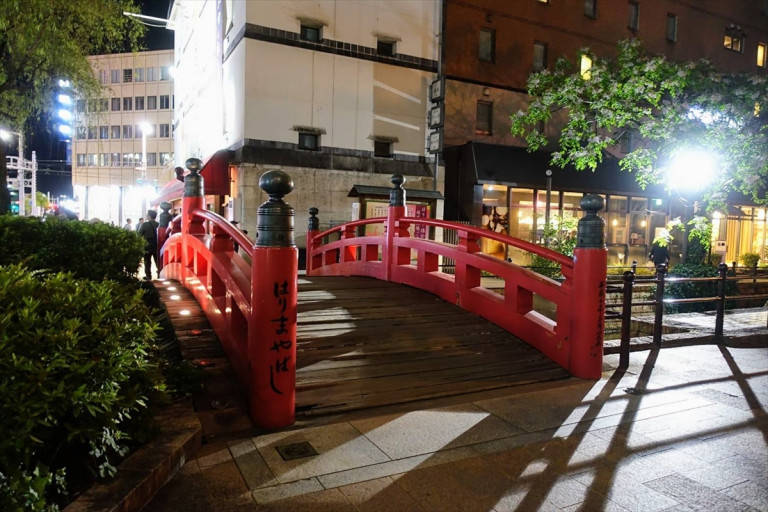
In fact, this tourist attraction is four things–and a whole lot of history–in one!
Did you know that Japan has three famous places that are considered the most disappointing sightseeing spots in the country? One of them is Harimaya Bridge in Kochi City, Kochi Prefecture, on the island of Shikoku. Our Japanese-language reporter Haruka Takagi went to check it out, just to see what all the anti-fuss was about. What she actually found was quite interesting…interesting enough that she thinks the title is unwarranted.
Throughout Kochi City, Haruka saw the names “Harimaya” (はりやま) and “Harimaya Bridge” (はりやま橋) everywhere. In convenience store branch names…
▼ Family Mart’s Kochi Minami Harimaya-cho Branch
In a new apartment building name…
▼ Leben Harimaya Bridge Mid Court
Even in the name of a no-frills business hotel!
▼ Business Hotel Verde Harimaya Bridge
Signs of “Harimaya Bridge” (“Harimaya-bashi” in Japanese) were scattered all over the city. There’s no way it couldn’t pique Haruka’s interest. With such prominent naming, how could the word on the street be that it was one of Japan’s top three most disappointing sightseeing spots?
Having previously visited the Sapporo Clock Tower, another of the top three, Haruka expected Harimaya Bridge to be small and boring. She made sure to temper her expectations before visiting it.
To her surprise, when she visited after sundown, the area around the bridge was actually full of activity. There were plenty of shops and restaurants nearby, and tourists who’d imbibed a bit of alcohol were already trundling in crowds down the street.
The bridge itself is made of wood and painted vermillion, and quite a bit more refined than Haruka expected. It felt a little incongruous with the rowdy atmosphere, but Haruka thought it might be a good representation a sort of “neo-Japan” aesthetic.
Harimaya Bridge was originally built in the Edo period to connect two shops on opposite sides of the Horikawa River, Harimaya and Hitotsuya. The new-looking version was rebuilt in March 1998 as a replica of the earlier Harimaya Bridge.
Although it’s very new compared to the original bridge from hundreds of years ago, the current iteration is still over 20 years old. It looks shiny and bright from afar, but up close, the paint on the railings has chipped and the wooden surface underneath is peeking through.
Probably the most disappointing thing about it is that the river underneath the bridge is less a river and more of a river-shaped pond. But still…Haruka had to say that it really wasn’t so disappointing that it should be ranked in the Japan Top 3.
And that was the end of her tour! Or so she’d thought, but then she stumbled upon several unexpected things. First, when Haruka headed west from the bridge…
She found a mysterious set of stairs leading underground. At the bottom was an underground walkway that headed east under National Route 32.
And when she got all the way to the end…
She found a whole other Harimaya Bridge!
The balustrades had “Harimaya Bridge” painted on them, and the pieces looked much older than the one over the river-pond.
It turned out that this bridge was originally built in 1958, and was later replaced in 1997. On its retirement, it was brought down here and put on display. But no since the Harimaya Bridge was originally built in the Edo period, this too was an entirely different bridge altogether.
An old photo decorating the underground exhibit area showed the bridge on display acting as a barrier between the road and the sidewalk. It did appear to be a crossing for both pedestrians and cars, however, so it must have been much bigger than the current display implies.
The black-and-white photo next to it was what caught Haruka’s eye next. It depicted three kimono-clad women crossing a bridge that looked totally unlike the other two bridges Haruka had seen.
It turns out that this bridge was also called Harimaya Bridge. Clearly, the Harimaya Bridges have played many different roles over time. Perhaps we should consider Harimaya Bridge not a landmark but a name to be inherited.
When Haruka finished browsing the display, she climbed back up to the surface, where, to her surprise, she found the same bridge in the photo crossing over a pond.
It was made of cast iron and painted a teal color. Apparently, this bridge was originally built in December 1908, and though it looks like it’s been repainted in recent years, it definitely has the rough texture of bridges built in this style.
It didn’t always sit on that spot either. At the beginning of the Showa Era in the 1920s, the bridge was relocated to the garden of Sansuien, a ryokan (traditional inn) in Kochi City, where it stayed for a long time. It moved to its current location in 1998.
Haruka couldn’t help but be impressed by the beauty of this historical item. She thought it should be something in a museum, preserved inside a glass case, and yet it was there on a popular pathway for anyone to walk over. That gave it a lot of value, in her opinion.
As she watched a man cross over the bridge at a rapid, determined pace, Haruka feel moved. Clearly, despite being a relic of history, the bridge has been completely reintegrated into the community. What’s more, the bright city lights of the shopping area reflected in the pond gave the area a mysterious air, like time was mixed up here.
There was still one more Harimaya Bridge, and this one came as a surprise to Haruka because she’d already seen it multiple times while out walking in the town. It was a stone railing that separated the sidewalk from National Route 32.
When Haruka investigated, she learned that, like the others, it was also decorated with the words “Harimaya Bridge.”
When the second Harimaya Bridge, the one on display in the underground exhibit, was removed in 1998, this Harimaya Bridge was built in its place.
Since the canal has long been filled in, it’s less of a bridge than it is just a roadway decoration. In terms of Instagrammability, the first, second, and third Harimaya Bridges might have a little more impact, but this one was still pretty cool since it has clearly evolved over the decades to keep up with the times.
So that makes four different Harimaya bridges! Let’s break them down by era to make it easier to differentiate them.
The Edo-era (1603-1868) Harimaya Bridge was made of wood. It no longer exists.
The Harimaya Bridge built in the Meiji era (1908) was the one made of cast iron, and it currently resides east of National Route 32. This was the third bridge that Haruka found on her walk.
The Harimaya Bridge on display in the underground exhibition era was built in the Showa era (1954). It has vermillion balustrades and is made of concrete, and once was a large pedestrian path situated alongside a roadway (this was the second Harimaya Bridge that Haruka found).
In the Heisei period (1998), the red balustrades of this bridge were removed and replaced with the stone balustrades currently separating the sidewalk from National Route 32 (this was the fourth bridge that Haruka found).
And lastly, around the same time (1997), this replica of the Edo-era Harimaya Bridge was built in a popular tourist area (this was the first bridge that Haruka encountered).
The fact that there are four different bridges with the same name in four different places in the same neighborhood that seem to connect the dots of history was actually really fascinating. Who in the world decided that this sightseeing spot was disappointing?
In the underground walkway, there’s even a tile reproduction of an Edo-era scroll that houses a painting of Kochi City from the time decorating the wall.
And when you look closely at the artwork…
You can find the Edo-era Harimaya Bridge! What Haruka had heard was true; the original bridge connected two shopping areas separated by a river.
Over the years the Harimaya Bridges have undoubtedly accomplished many things and witnessed many more. They’ve been built, rebuilt, relocated, and returned, now serving as both community connectors and sightseeing spots.
With four different spots to explore, all packed with history, Haruka would say that there’s nothing disappointing about the Harimaya Bridges, and if you find yourself in Kochi City, they’re definitely worth checking out. And perhaps you’ll also encounter the mighty Shinjo-kun while you’re in the area!
Images © SoraNews24
● Want to hear about SoraNews24’s latest articles as soon as they’re published? Follow us on Facebook and Twitter!
[ Read in Japanese ]

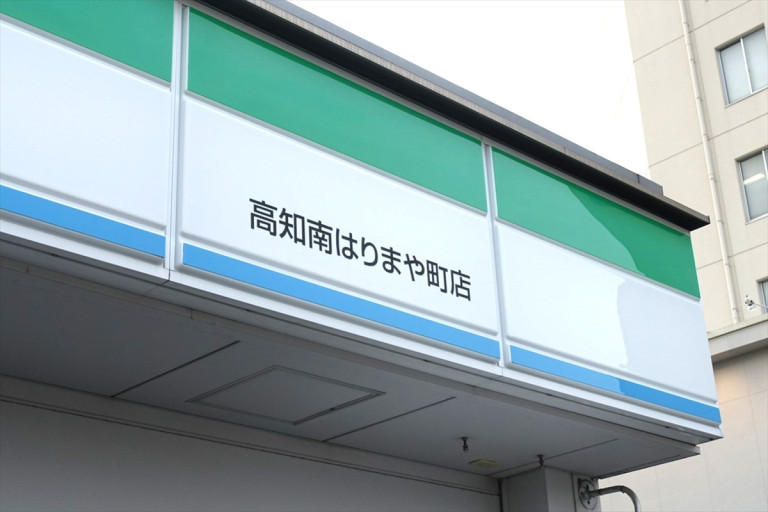
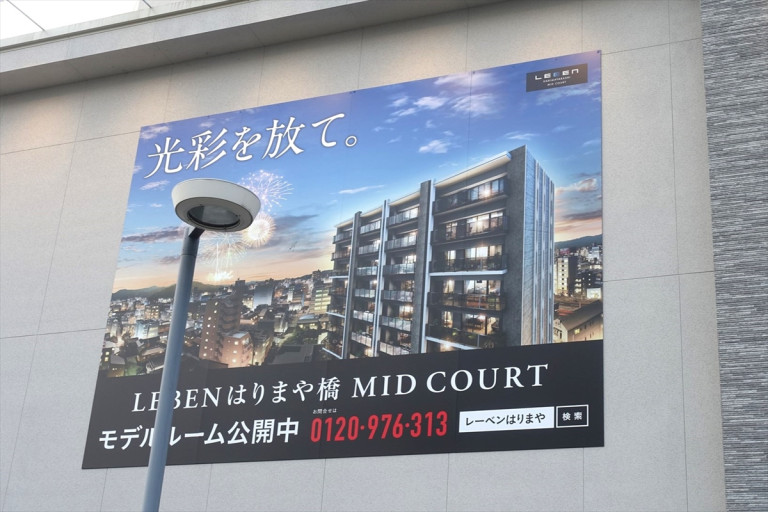

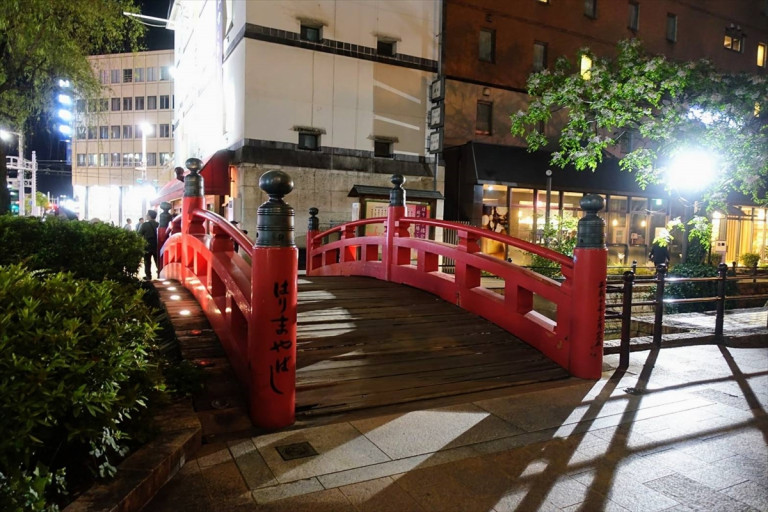
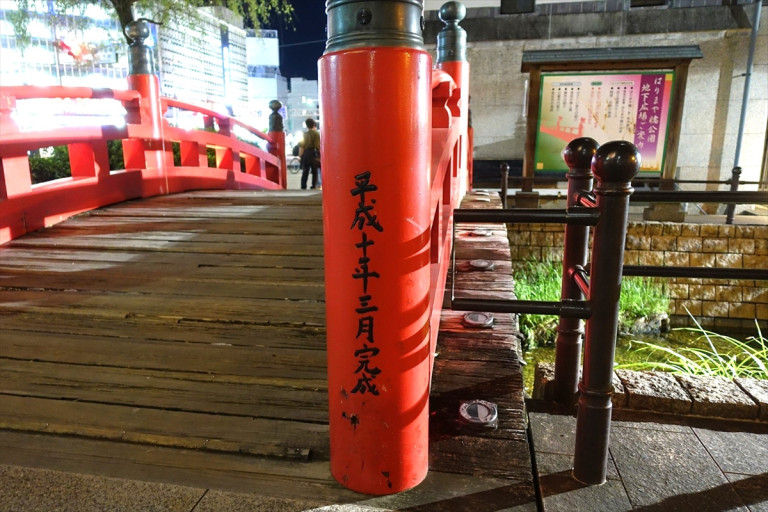
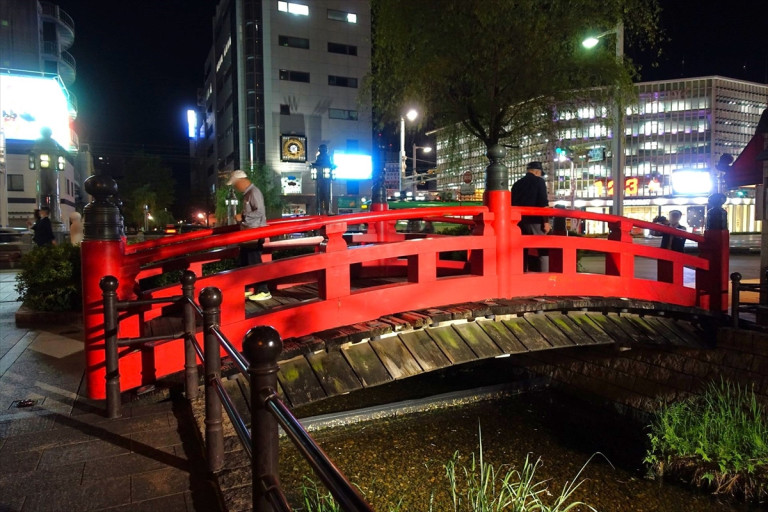
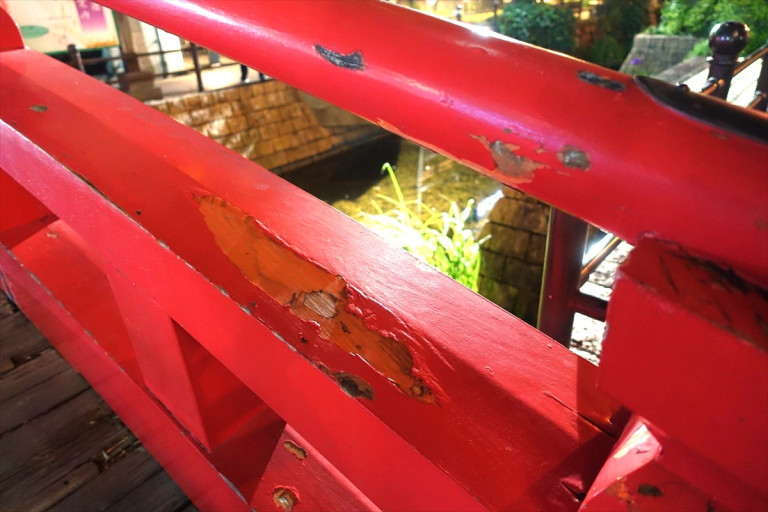
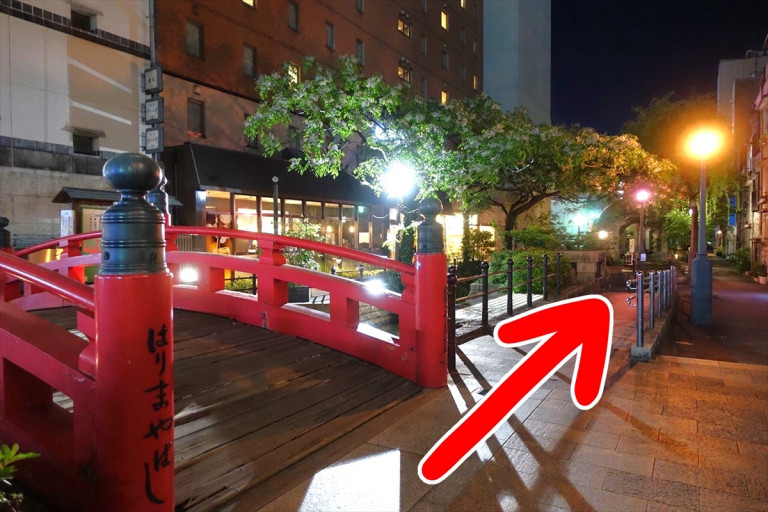

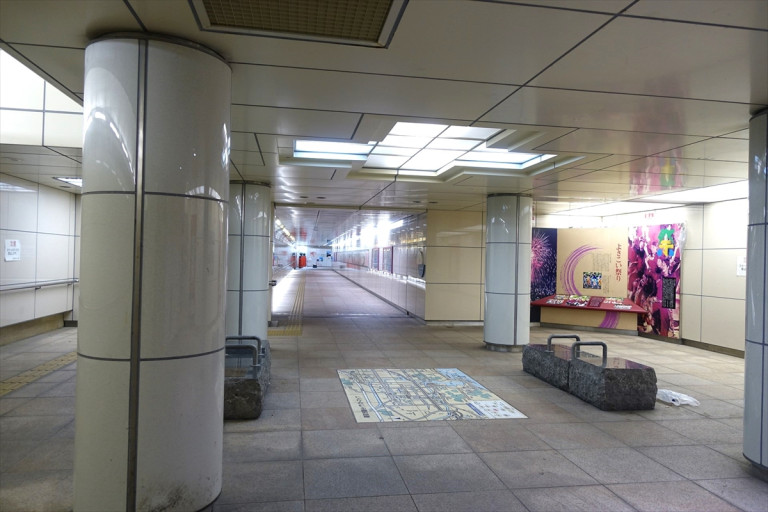
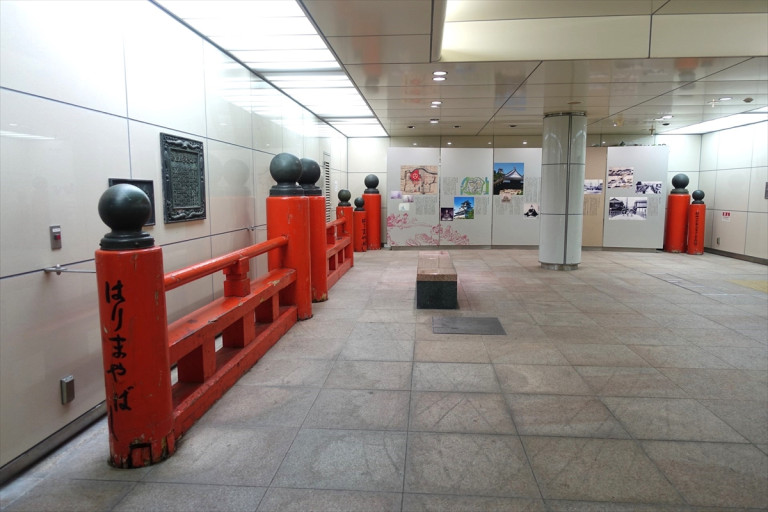
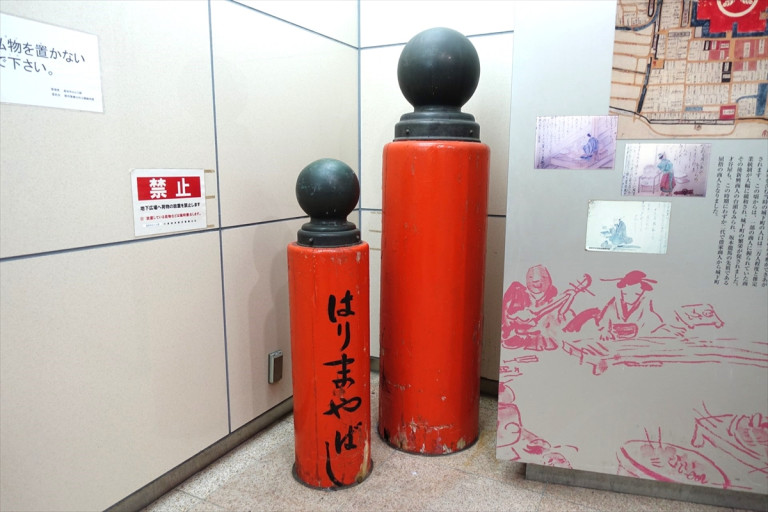
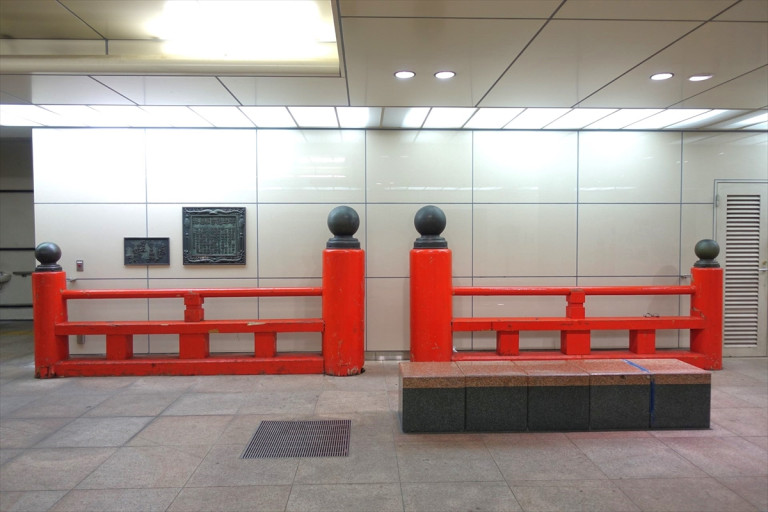
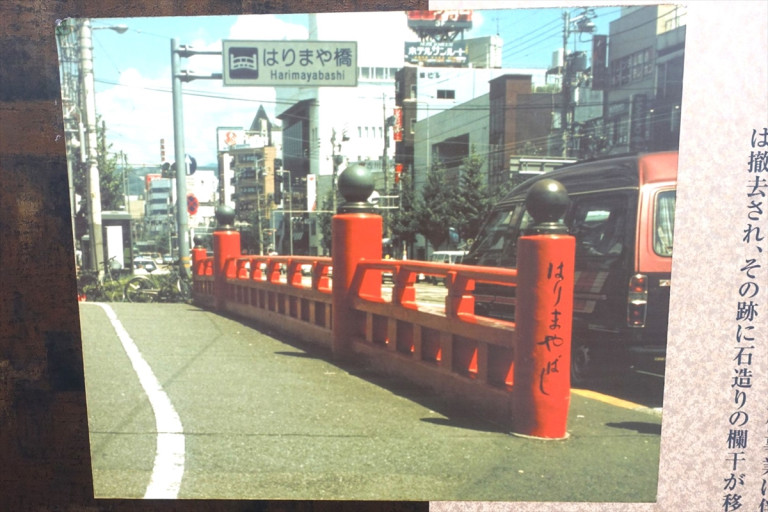
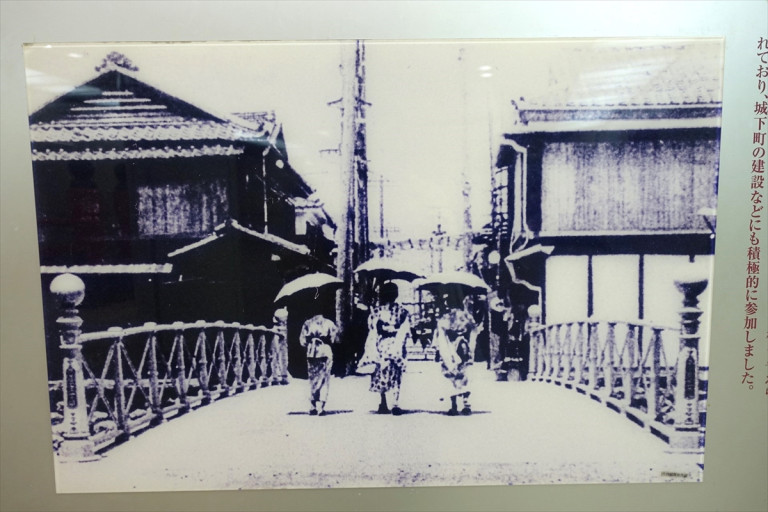
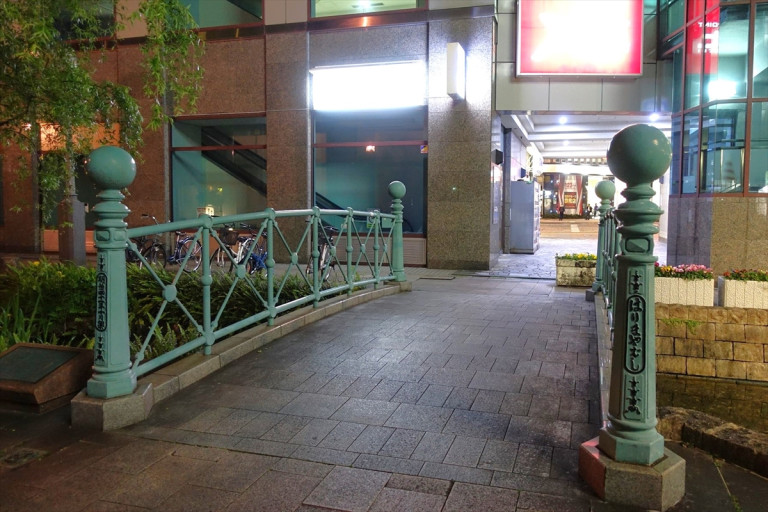
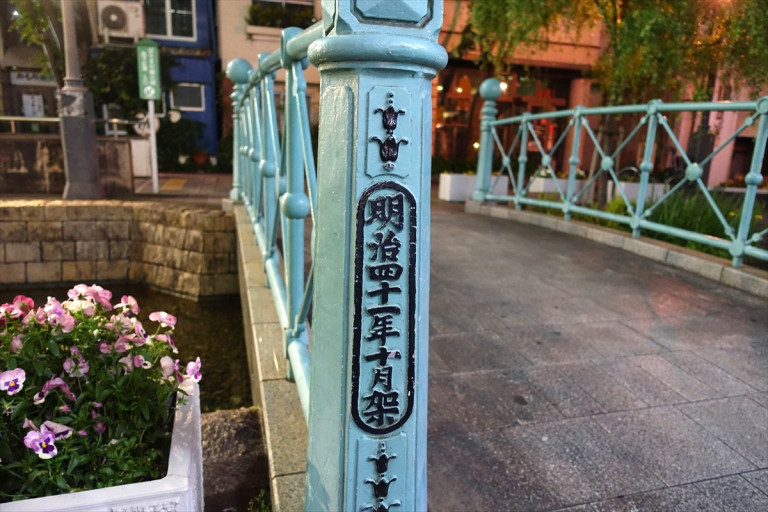
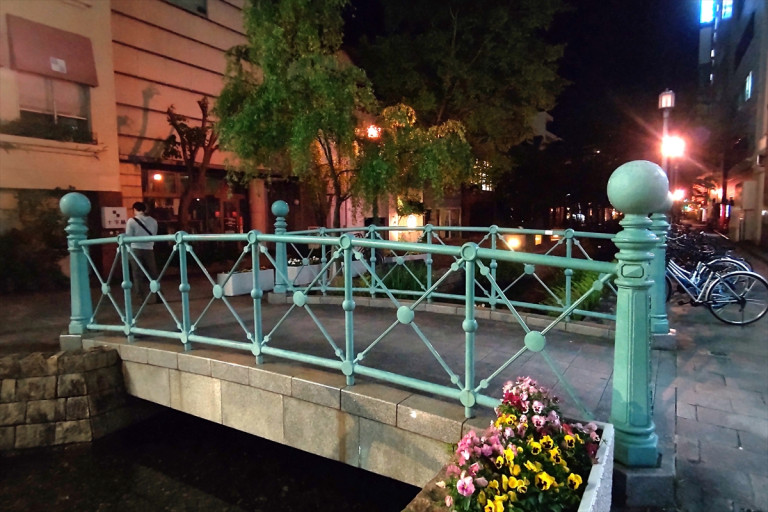
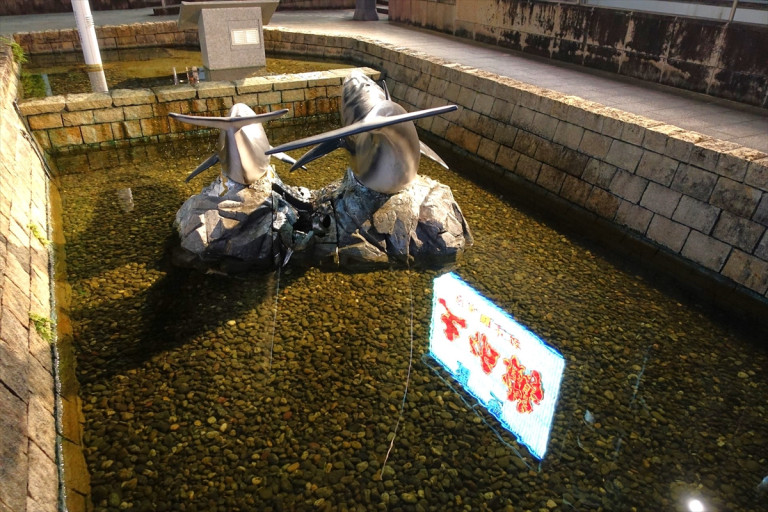


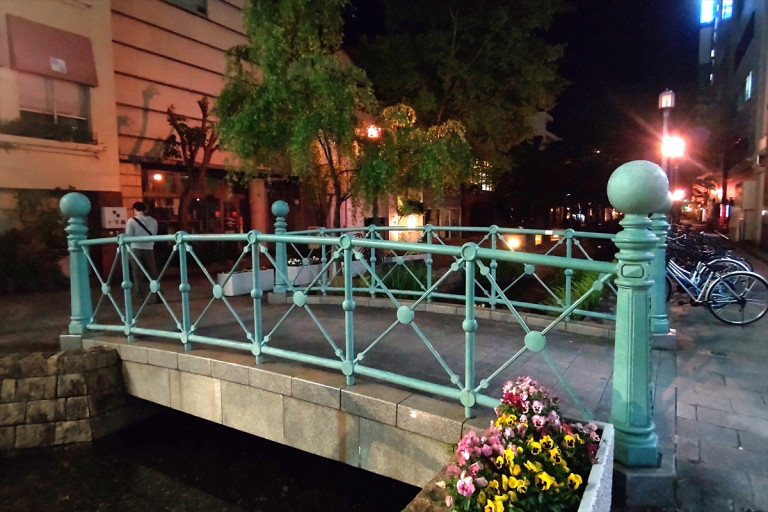
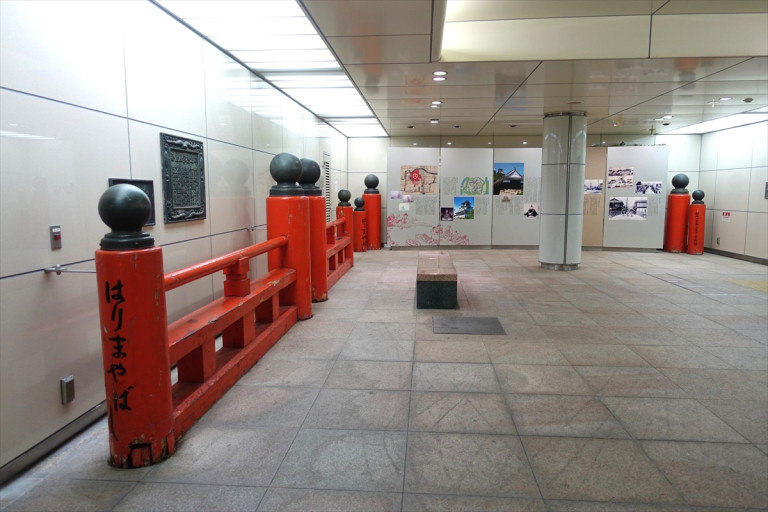
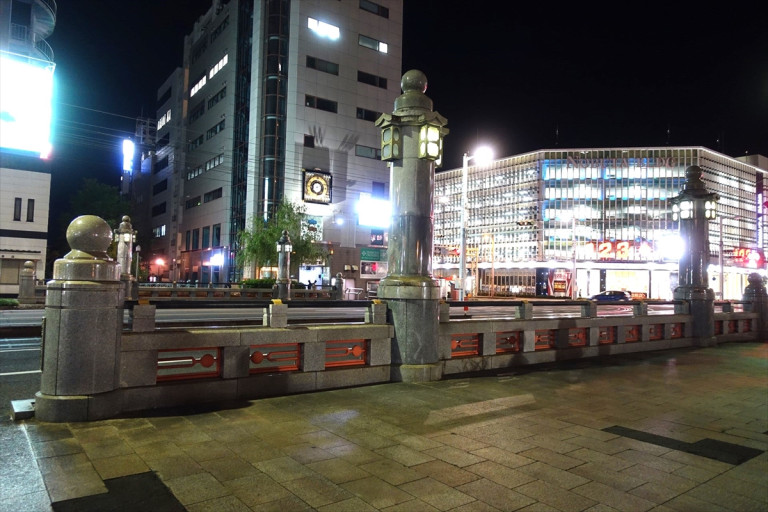

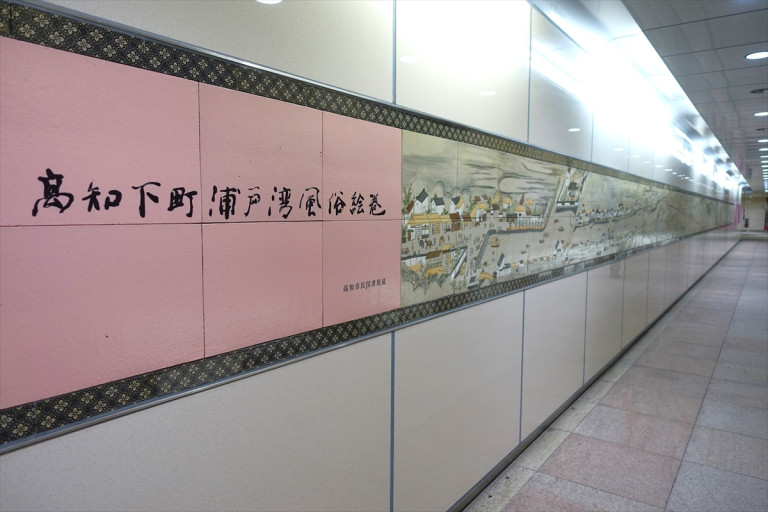
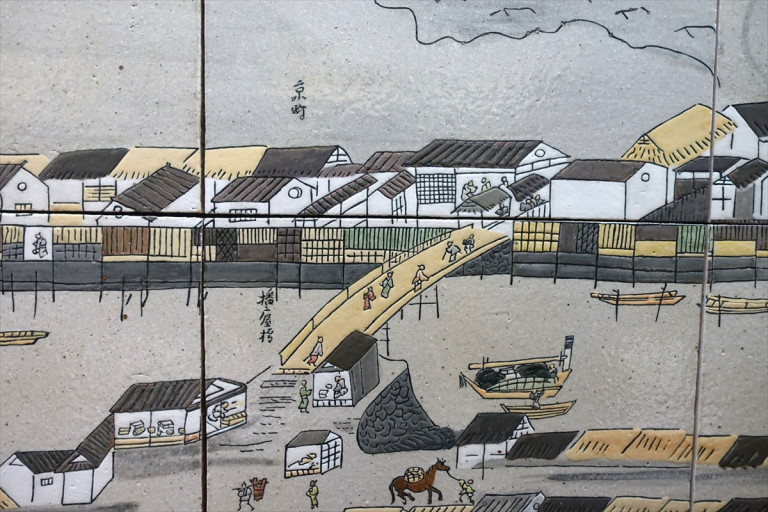
 Whimsical new Vietnamese bridge looks like it’s held up by the hands of gods
Whimsical new Vietnamese bridge looks like it’s held up by the hands of gods We visit Kaiyodo Kappa Museum: dedicated to a yokai that loves cucumbers and human souls
We visit Kaiyodo Kappa Museum: dedicated to a yokai that loves cucumbers and human souls Take a look at Tsunoshima Ōhashi, one of the most beautiful bridges in Japan! 【Pics】
Take a look at Tsunoshima Ōhashi, one of the most beautiful bridges in Japan! 【Pics】 We hunt for Dom Pérignon in these wine fukubukuro lucky bag boxes from Kaldi
We hunt for Dom Pérignon in these wine fukubukuro lucky bag boxes from Kaldi Kyoto temple bans photography at famous autumn foliage viewing spots
Kyoto temple bans photography at famous autumn foliage viewing spots Foreigner’s request for help in Tokyo makes us sad for the state of society
Foreigner’s request for help in Tokyo makes us sad for the state of society Red light district sushi restaurant in Tokyo shows us just how wrong we were about it
Red light district sushi restaurant in Tokyo shows us just how wrong we were about it Japanese city loses residents’ personal data, which was on paper being transported on a windy day
Japanese city loses residents’ personal data, which was on paper being transported on a windy day Historical figures get manga makeovers from artists of Spy x Family, My Hero Academia and more
Historical figures get manga makeovers from artists of Spy x Family, My Hero Academia and more Seaside scenery, history, and so many desserts on Yokohama’s Akai Kutsu【Japan Loop Buses】
Seaside scenery, history, and so many desserts on Yokohama’s Akai Kutsu【Japan Loop Buses】 Harajuku Station’s beautiful old wooden building is set to return, with a new complex around it
Harajuku Station’s beautiful old wooden building is set to return, with a new complex around it Should you add tartar sauce to Japanese curry rice? CoCo Ichi makes diners an unusual offer
Should you add tartar sauce to Japanese curry rice? CoCo Ichi makes diners an unusual offer 11 different ways to say “father” in Japanese
11 different ways to say “father” in Japanese Japanese ramen restaurants under pressure from new yen banknotes
Japanese ramen restaurants under pressure from new yen banknotes Suntory x Super Mario collaboration creates a clever way to transform into Mario【Videos】
Suntory x Super Mario collaboration creates a clever way to transform into Mario【Videos】 McDonald’s new Happy Meals offer up cute and practical Sanrio lifestyle goods
McDonald’s new Happy Meals offer up cute and practical Sanrio lifestyle goods French Fries Bread in Tokyo’s Shibuya becomes a hit on social media
French Fries Bread in Tokyo’s Shibuya becomes a hit on social media Studio Ghibli releases new action figures featuring Nausicaä of the Valley of the Wind characters
Studio Ghibli releases new action figures featuring Nausicaä of the Valley of the Wind characters New private rooms on Tokaido Shinkansen change the way we travel from Tokyo to Kyoto
New private rooms on Tokaido Shinkansen change the way we travel from Tokyo to Kyoto Tokyo Tsukiji fish market site to be redeveloped with 50,000-seat stadium, hotel, shopping center
Tokyo Tsukiji fish market site to be redeveloped with 50,000-seat stadium, hotel, shopping center All-you-can-drink Starbucks and amazing views part of Tokyo’s new 170 meter-high sky lounge
All-you-can-drink Starbucks and amazing views part of Tokyo’s new 170 meter-high sky lounge Beautiful Ghibli sealing wax kits let you create accessories and elegant letter decorations【Pics】
Beautiful Ghibli sealing wax kits let you create accessories and elegant letter decorations【Pics】 Studio Ghibli releases Kiki’s Delivery Service chocolate cake pouches in Japan
Studio Ghibli releases Kiki’s Delivery Service chocolate cake pouches in Japan New definition of “Japanese whiskey” goes into effect to prevent fakes from fooling overseas buyers
New definition of “Japanese whiskey” goes into effect to prevent fakes from fooling overseas buyers Our Japanese reporter visits Costco in the U.S., finds super American and very Japanese things
Our Japanese reporter visits Costco in the U.S., finds super American and very Japanese things Studio Ghibli unveils Mother’s Day gift set that captures the love in My Neighbour Totoro
Studio Ghibli unveils Mother’s Day gift set that captures the love in My Neighbour Totoro More foreign tourists than ever before in history visited Japan last month
More foreign tourists than ever before in history visited Japan last month New Pokémon cakes let you eat your way through Pikachu and all the Eevee evolutions
New Pokémon cakes let you eat your way through Pikachu and all the Eevee evolutions Sales of Japan’s most convenient train ticket/shopping payment cards suspended indefinitely
Sales of Japan’s most convenient train ticket/shopping payment cards suspended indefinitely Sold-out Studio Ghibli desktop humidifiers are back so Totoro can help you through the dry season
Sold-out Studio Ghibli desktop humidifiers are back so Totoro can help you through the dry season Japanese government to make first change to romanization spelling rules since the 1950s
Japanese government to make first change to romanization spelling rules since the 1950s Ghibli founders Toshio Suzuki and Hayao Miyazaki contribute to Japanese whisky Totoro label design
Ghibli founders Toshio Suzuki and Hayao Miyazaki contribute to Japanese whisky Totoro label design Doraemon found buried at sea as scene from 1993 anime becomes real life【Photos】
Doraemon found buried at sea as scene from 1993 anime becomes real life【Photos】 Tokyo’s most famous Starbucks is closed
Tokyo’s most famous Starbucks is closed One Piece characters’ nationalities revealed, but fans have mixed opinions
One Piece characters’ nationalities revealed, but fans have mixed opinions We asked a Uniqlo employee what four things we should buy and their suggestions didn’t disappoint
We asked a Uniqlo employee what four things we should buy and their suggestions didn’t disappoint Princesses, fruits, and blacksmiths: Study reveals the 30 most unusual family names in Japan
Princesses, fruits, and blacksmiths: Study reveals the 30 most unusual family names in Japan We visit a train station in historical ninja town, see ninja trick art, and become ninjas ourselves
We visit a train station in historical ninja town, see ninja trick art, and become ninjas ourselves Pokémon Psyduck perfectly guest stars in animated version of one of Japan’s most famous paintings
Pokémon Psyduck perfectly guest stars in animated version of one of Japan’s most famous paintings Weird Japanese vending machine find gives us unique sweet potato sweets
Weird Japanese vending machine find gives us unique sweet potato sweets How much difference does the choice of mold make in fermenting food?
How much difference does the choice of mold make in fermenting food? Heroic bus driver prevents roadside suicide on bridge in China 【Video】
Heroic bus driver prevents roadside suicide on bridge in China 【Video】 Seoul anti-suicide initiative backfires, deaths increase by more than six times
Seoul anti-suicide initiative backfires, deaths increase by more than six times Daiso vs. Seria: Which sells the better egg white whipper? We find out【SoraKitchen】
Daiso vs. Seria: Which sells the better egg white whipper? We find out【SoraKitchen】 Quiz time! How many of these photos of Japanese places can you identify?【Photos】
Quiz time! How many of these photos of Japanese places can you identify?【Photos】 Vending machine noodle ice cream: A retro icon in Japan brings joy to a new generation
Vending machine noodle ice cream: A retro icon in Japan brings joy to a new generation Mystery Tourist Spot: Merlions in Japan?
Mystery Tourist Spot: Merlions in Japan? Three bridges in Okinawa Prefecture offer the most spectacular panoramic vistas of the sea【Pics】
Three bridges in Okinawa Prefecture offer the most spectacular panoramic vistas of the sea【Pics】 Can slapping on some nose filters prevent the anguish of hay fever?
Can slapping on some nose filters prevent the anguish of hay fever? Man jumps off bridge in Osaka to celebrate Heisei era’s end, hits something other than water【Vid】
Man jumps off bridge in Osaka to celebrate Heisei era’s end, hits something other than water【Vid】 The most expensive ice cream in Japan? Metallic soft serve frays the nerves of staff who make it
The most expensive ice cream in Japan? Metallic soft serve frays the nerves of staff who make it Puyo Puyo Manju return after 21 years…and our Puyo Puyo fan reporter achieves a childhood dream
Puyo Puyo Manju return after 21 years…and our Puyo Puyo fan reporter achieves a childhood dream 16 tourist spots that China ripped off from the rest of the world
16 tourist spots that China ripped off from the rest of the world There’s more to do than just look at the flowers at Tokyo’s biggest riverside sakura celebration
There’s more to do than just look at the flowers at Tokyo’s biggest riverside sakura celebration
Leave a Reply